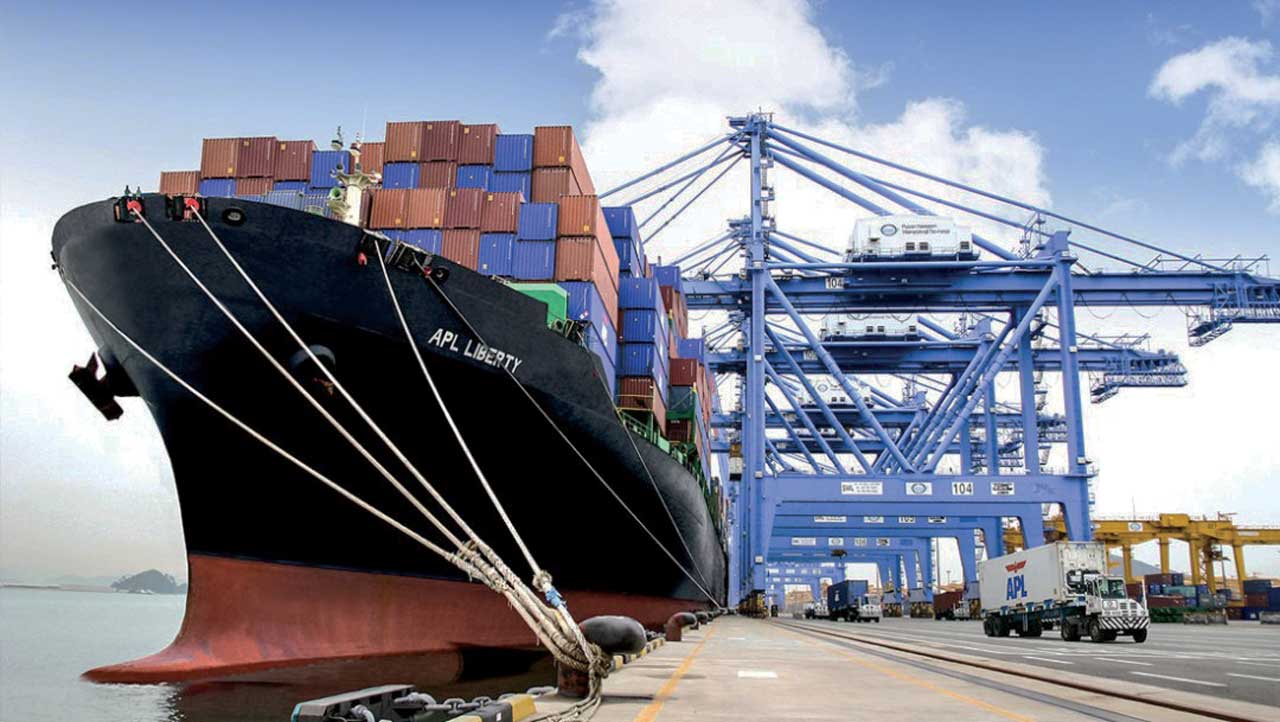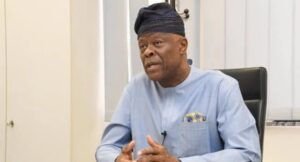
Nigeria loses $1trn to non-disbursement of CVFF — Stakeholders
Nigeria may be annually losing, as much as $1tn to her non-disbursement of the Cabotage Vessels Financing Fund (CVFF), Stakeholders told the new Director General, Nigeria Maritime Administration and Safety Agency NIMASA.
The stakeholders, comprising highly informed industry operators in the Marine and Blue Economy highlighted this in Lagos at the Maritime Stakeholders Group Meeting with the new Director General, Dr Dayo Mobereola.
A Maritime Lawyer, Emeka Akabogu, in his presentation titled “Navigating to the Promise Land,” said that the country was losing not fewer than $9 billion, due to a lack of local marine transportation.
There are three legs to shipping, fleet expansion, ship repairs, and dry docking and shipbuilding and the country is losing $9 billion annually to the non-participation in International freight services.
“The fishing sub-sector of the maritime industry contributes N282 billion annually to the economy.
“Nigeria’s coastal resources have an estimated capacity of $504trillion. The current realised capacity is $106trillion in export and import on frozen fish is $876million.
“The former Director General, NIMASA, Dr Bashir Jamoh, has said that Nigeria loses approximately $25.5bilion annually to illegal maritime activities, and the Nigerian National Petroleum Corporation Limited loses $1.35billion on oil bunkering,” Akabogu said.
The revered lawyer noted that in 2024 alone, the number of registered ships in Nigeria was 4,419 with a total tonnage of 5.8 billion.
“Summary of the valid registered vessel, 2,136 with a 4.2 billion gross tonnage, invalid registered ship, 61, cabotage registered vessel, 1033, with a gross tonnage of 1.9million. The foreign-owned vessel, 18 with a gross tonnage of 125 million,” Akabogu said.
He pointed out that the seafarers’ groups had reported (Capt. Alfred Oniye, Secretary General of the Merchant Seafarers Association of Nigeria (MSAN) said that over 80 percent of our seafarers were unemployed.
He said that the discrepancy was of concern and speaks to the credibility of available data.
He lamented the poor gender representation, adding that out of 6,039 seafarers on the Nigerian seafarers’ register in 2019, only 9.3 percent which was 567 were women; adding that the former DG NIMASA, Dr Dakuku Peterside had reported this.
Akabogu said that only 26 out of 250 which was 10.4 percent of the students at the Maritime Academy of Nigeria were females despite the shocking ratio, in June 2023.
He further revealed that Nigeria has around 30 female seafarers with a Certificate of Competency (CoC) who were unemployed, and over 50 were looking for sea time.
Akabogu said that Nigerian seafarers are poorly remunerated. For example, a Nigerian OOW earns an average of N150,000 (US\$600) per month, while their foreign counterpart can earn up to 3,000.
“The Nigerian Marine and Blue Economy; The maritime sector is potentially the largest economic sector outside of oil and gas. It is estimated that Nigeria’s untapped blue economy potential is valued at $296 billion (NIMASA, The Africa Blue Economy Alliance (ABEA)).
“Experts also estimate that our maritime sector can generate N7 trillion annually and 2 million jobs over 5 years. This is largely because of our vast marine assets of the longest coastline in West Africa, stretching over 892 Km from Badagry to Bakassi, with a total shelf area of about 42,000 km2 (UNEP, 2014).
“Our territorial sea extends from the coastline to a breadth of 12 nautical miles, the continental shelf extends about 50 miles making us one of the eight countries with a continental shelf that allows for the extension of our EEZ (Exclusive Economic Zone) from 200 miles to a further 150 miles.
“These are in addition to our nearly 4,000 Km of inland waterways,” Akabogu further said.




